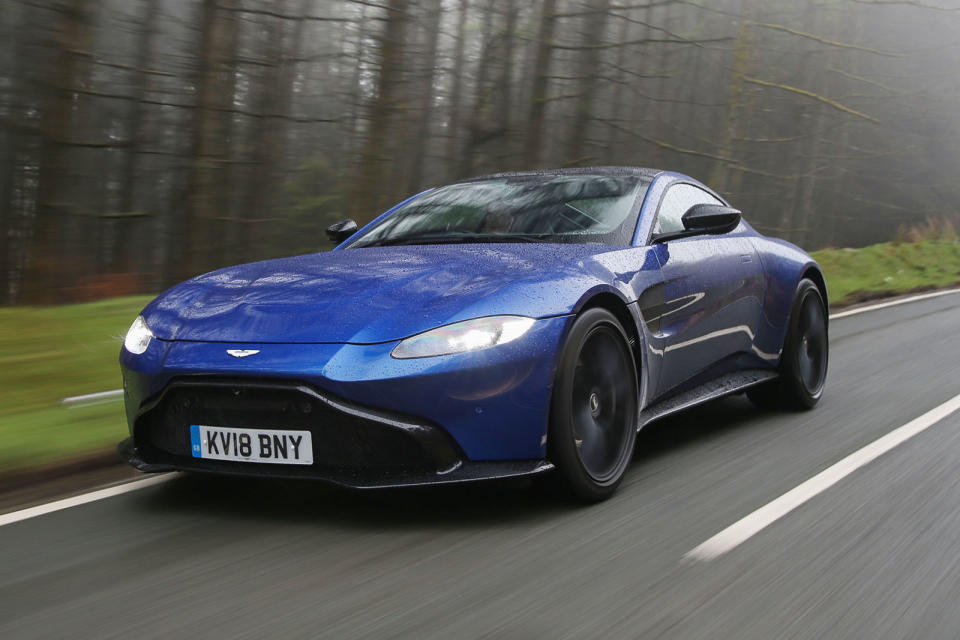Aston Martin Vantage 2018-2014

On the first working day of 2018, a press release landed at Autocar HQ to gladden the heart of anyone who has watched the challenging and often financially perilous history of Aston Martin.
In the release, the Gaydon firm announced that 2017 had been its busiest and strongest calendar year for unit sales in almost a decade.
Aston had sold more than 5000 cars for the first time since 2008 and was on course to declare a phenomenon that so few of the company’s proprietors have consistently known: profitability. Aston’s punishing tide of aggregated losses year after year had finally turned.
Now consider that happened while the most successful and biggest-selling individual model in Aston’s history, the V8 Vantage, was in effect in run-out. Has the time finally come to lay to rest that infamous quip of 1980s chairman Victor Gauntlett, that “the only way to make a small fortune out of Aston Martin is to start with a large one”?
The subject of this week’s road test, the all-new Vantage, should offer an answer.
How much more quickly can Aston’s fortunes be transformed than is currently happening, you might wonder. Is this the car to deliver lasting stability for its maker as well as short-term success? And if it really is to be the bedrock on which that grand and transformative ‘Second Century Plan’ is built, is it good enough to withstand the pressure?
The new Vantage, which is set to remain Aston’s entry-level model for the foreseeable future, certainly seems to have been forged in the spirit of ambition.
Making the switch from an atmospheric V8 engine to a significantly more powerful and much more torque-rich turbocharged V8 from strategic partner Mercedes-AMG, it adopts Aston’s new bonded aluminium platform and has the most purposeful mechanical specification of any Vantage to date.
It’s plainly intended to take an even greater chunk of the global super-sports car market than its predecessor managed, despite a price hike that, in the UK at least, makes it 20% more expensive than the car it replaces.
In which case, we’d better find out how it might achieve it.
]]>

 Yahoo Autos
Yahoo Autos 
